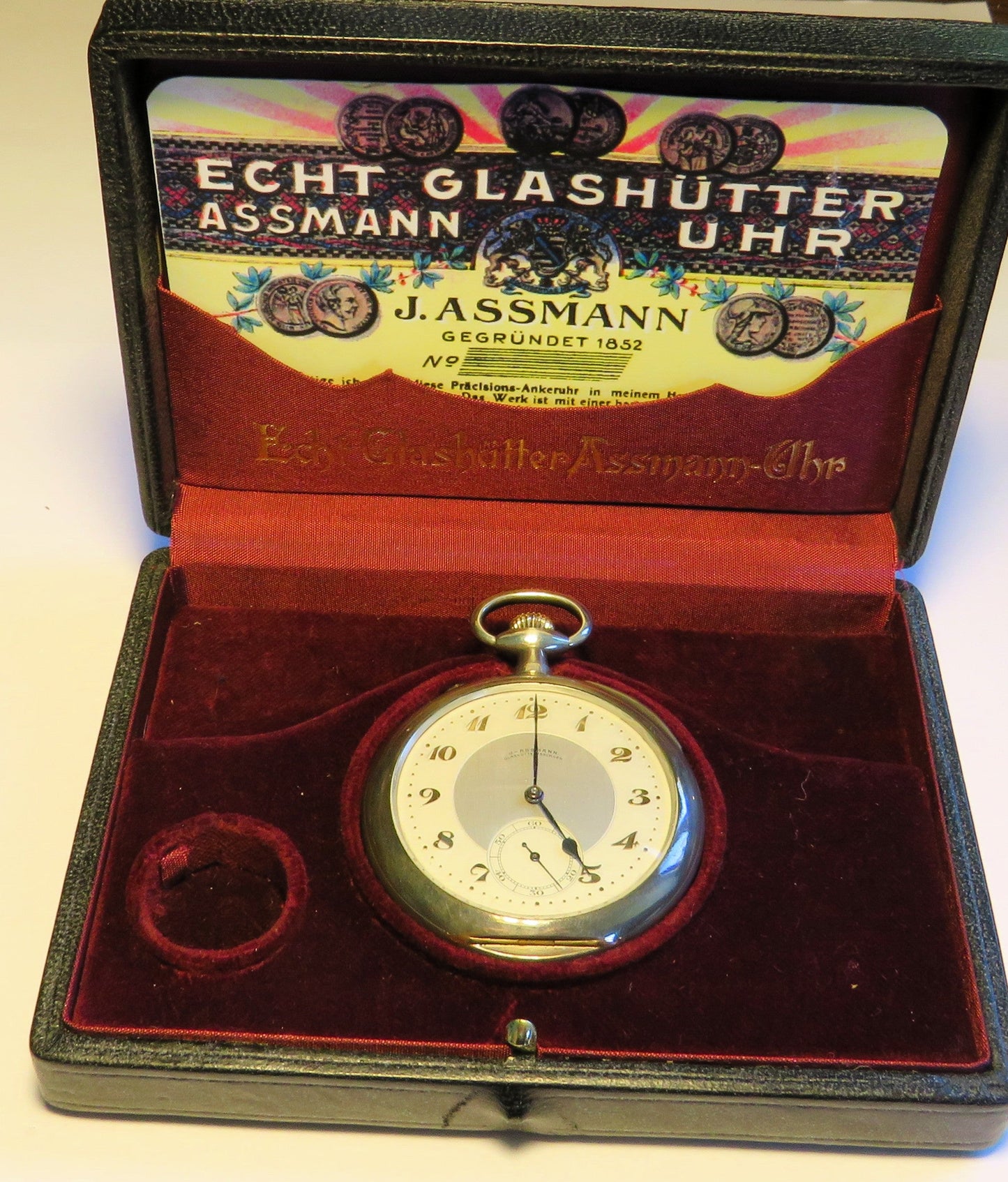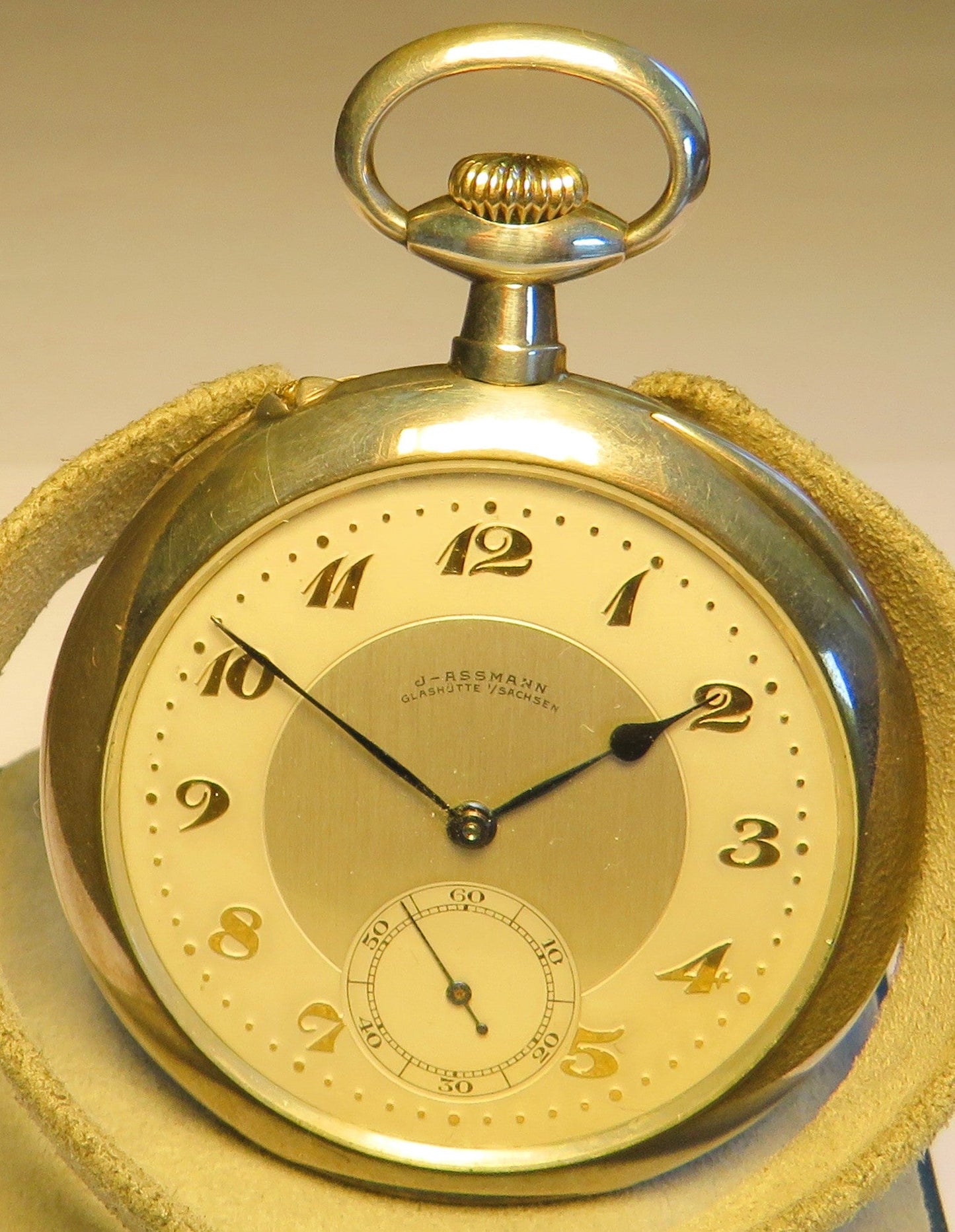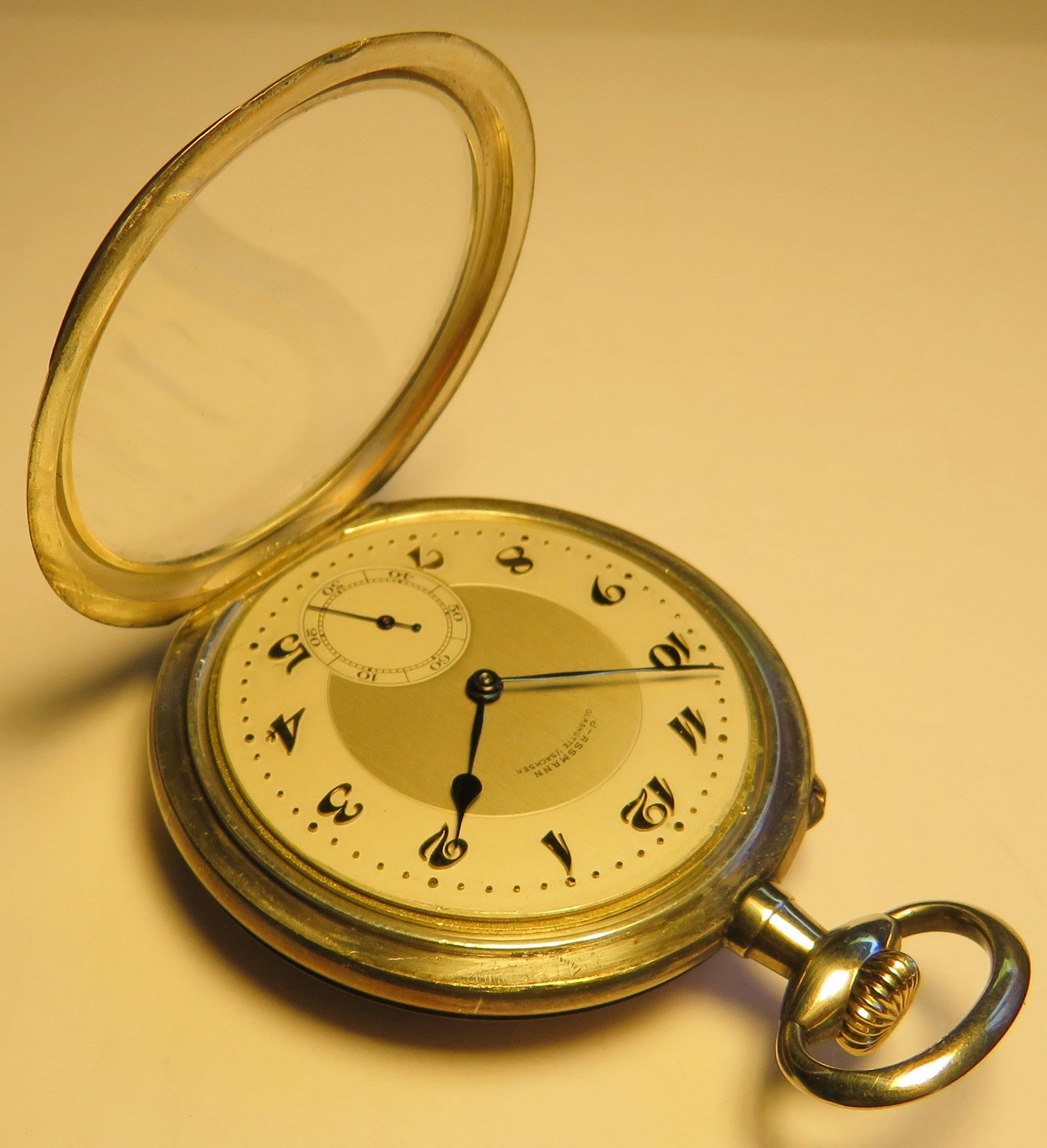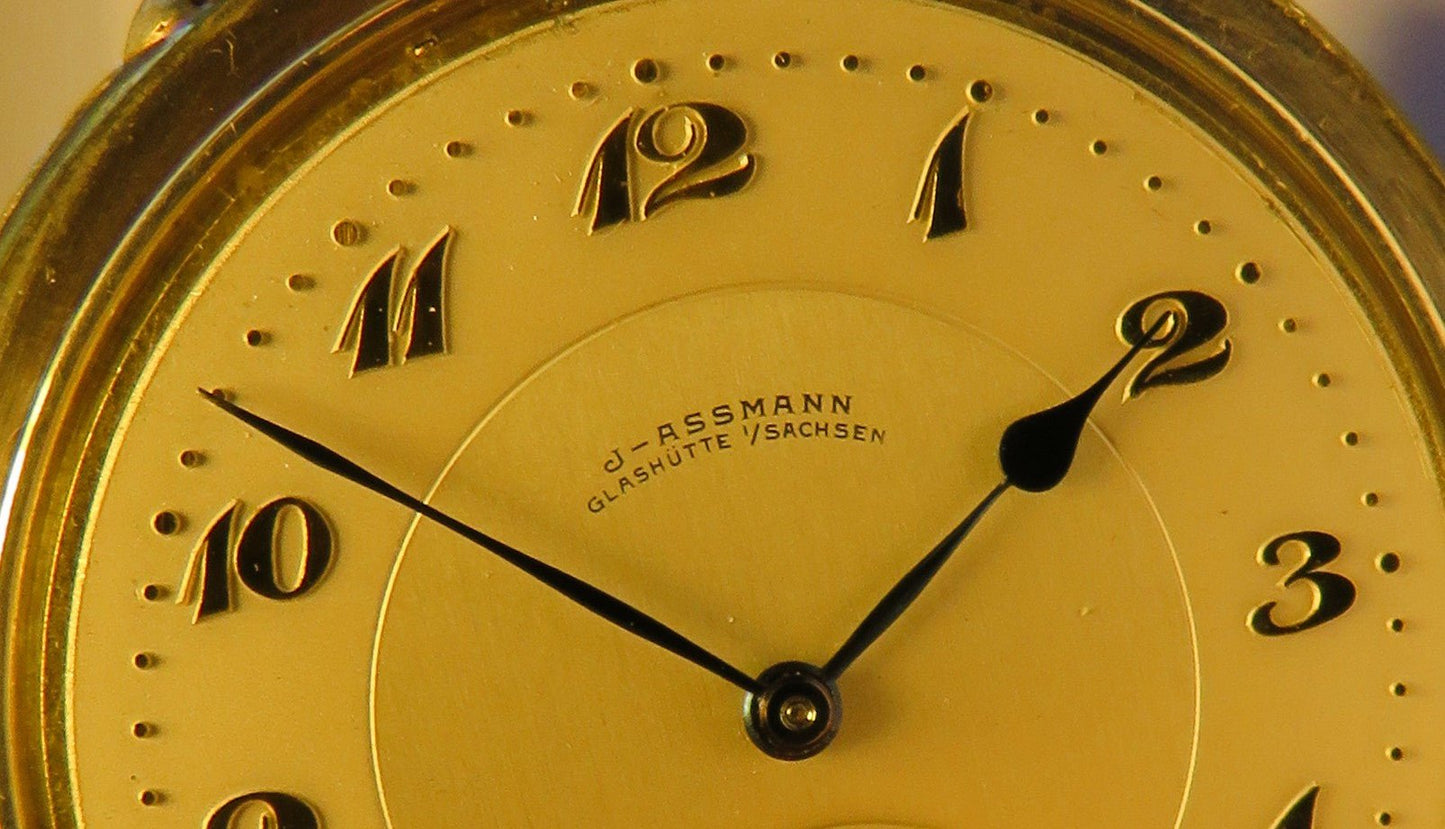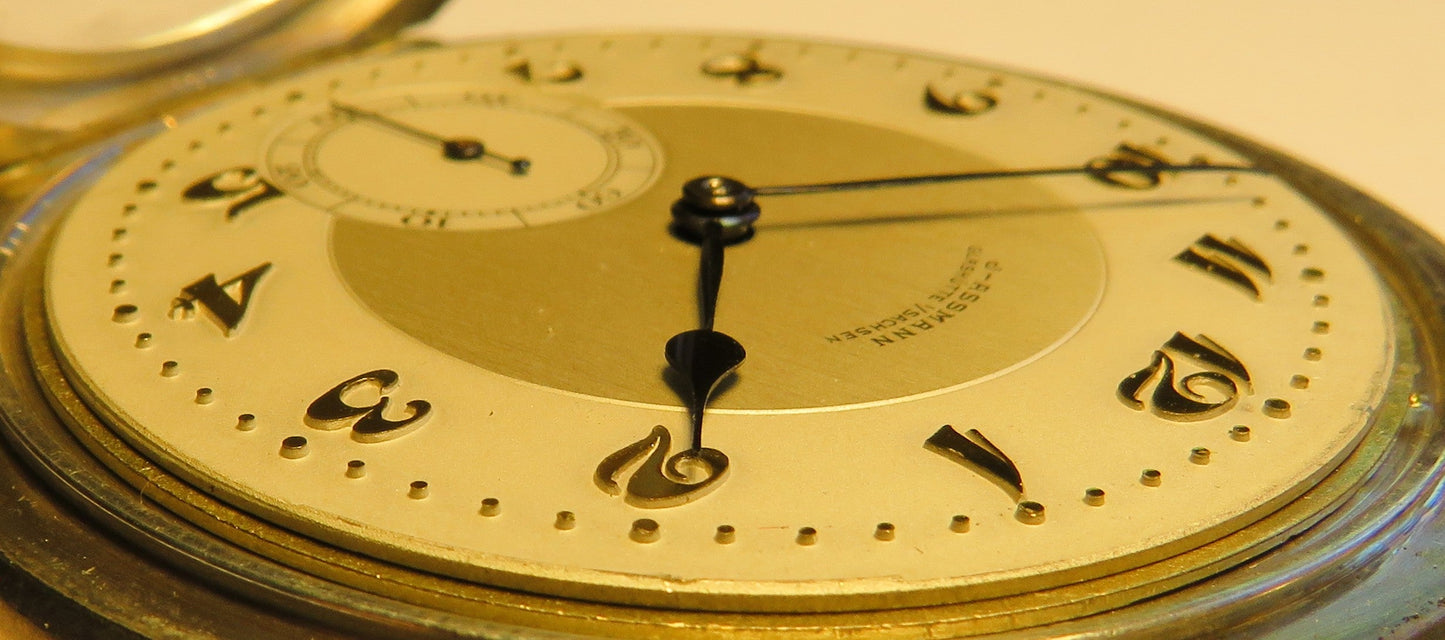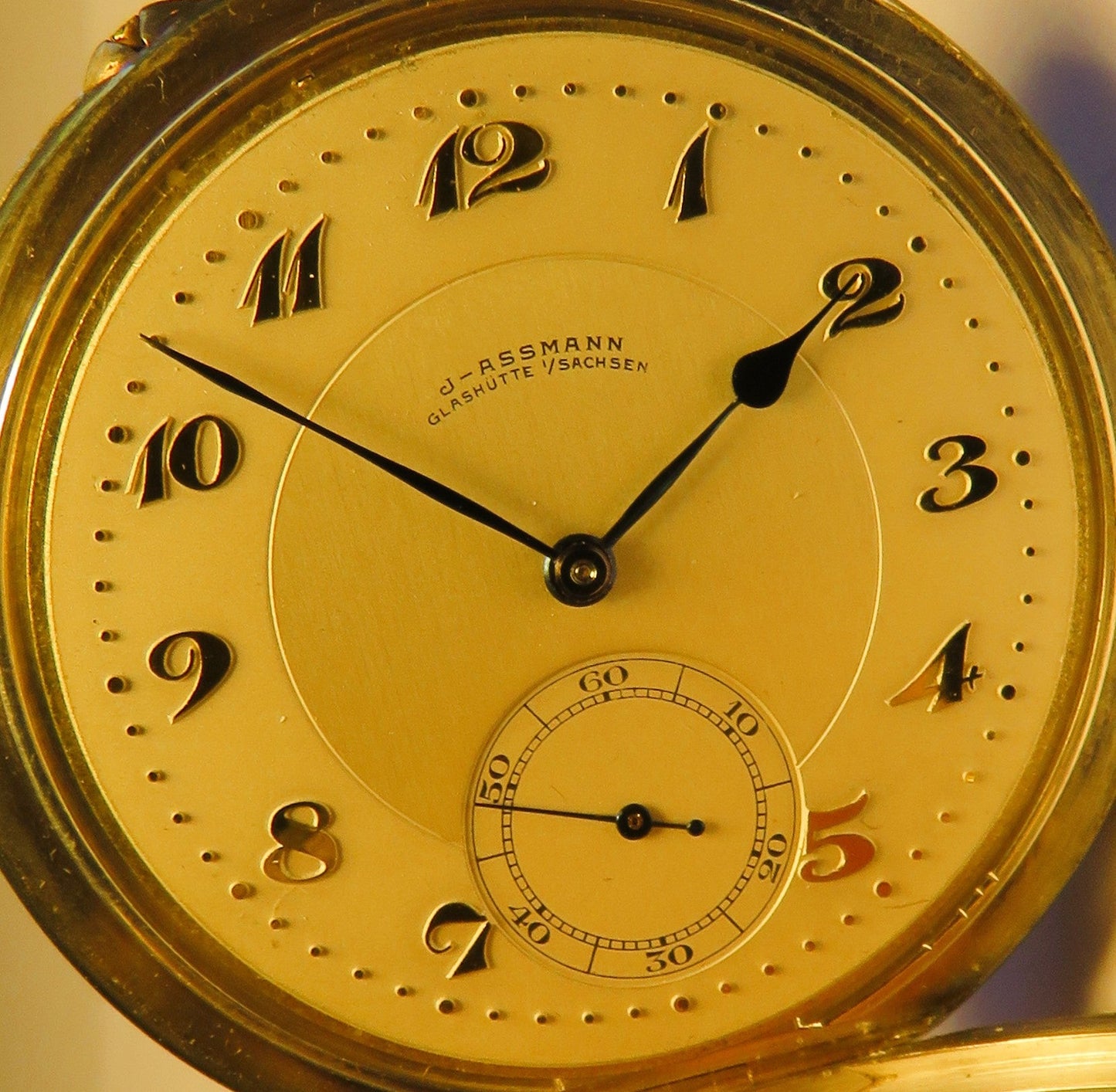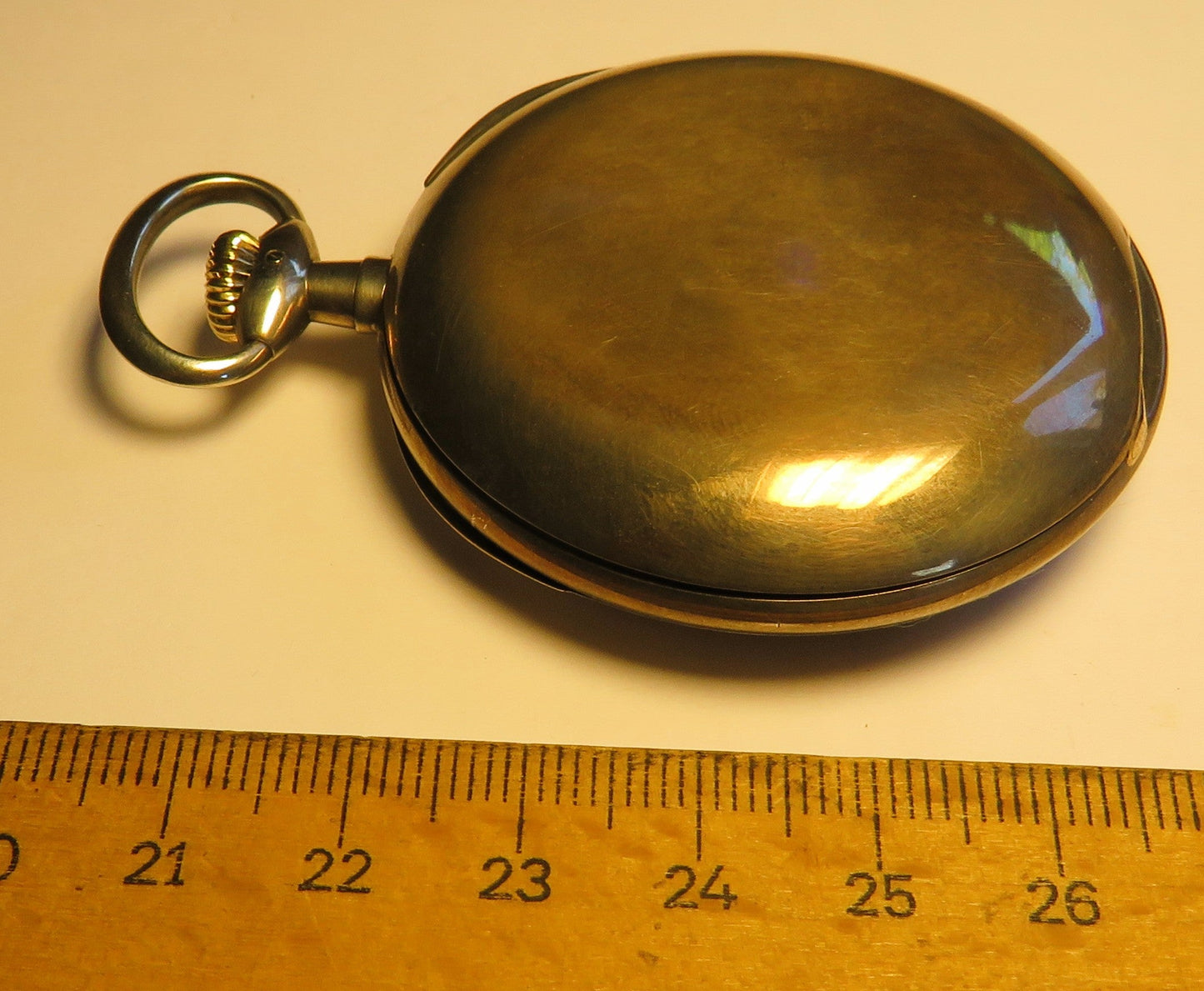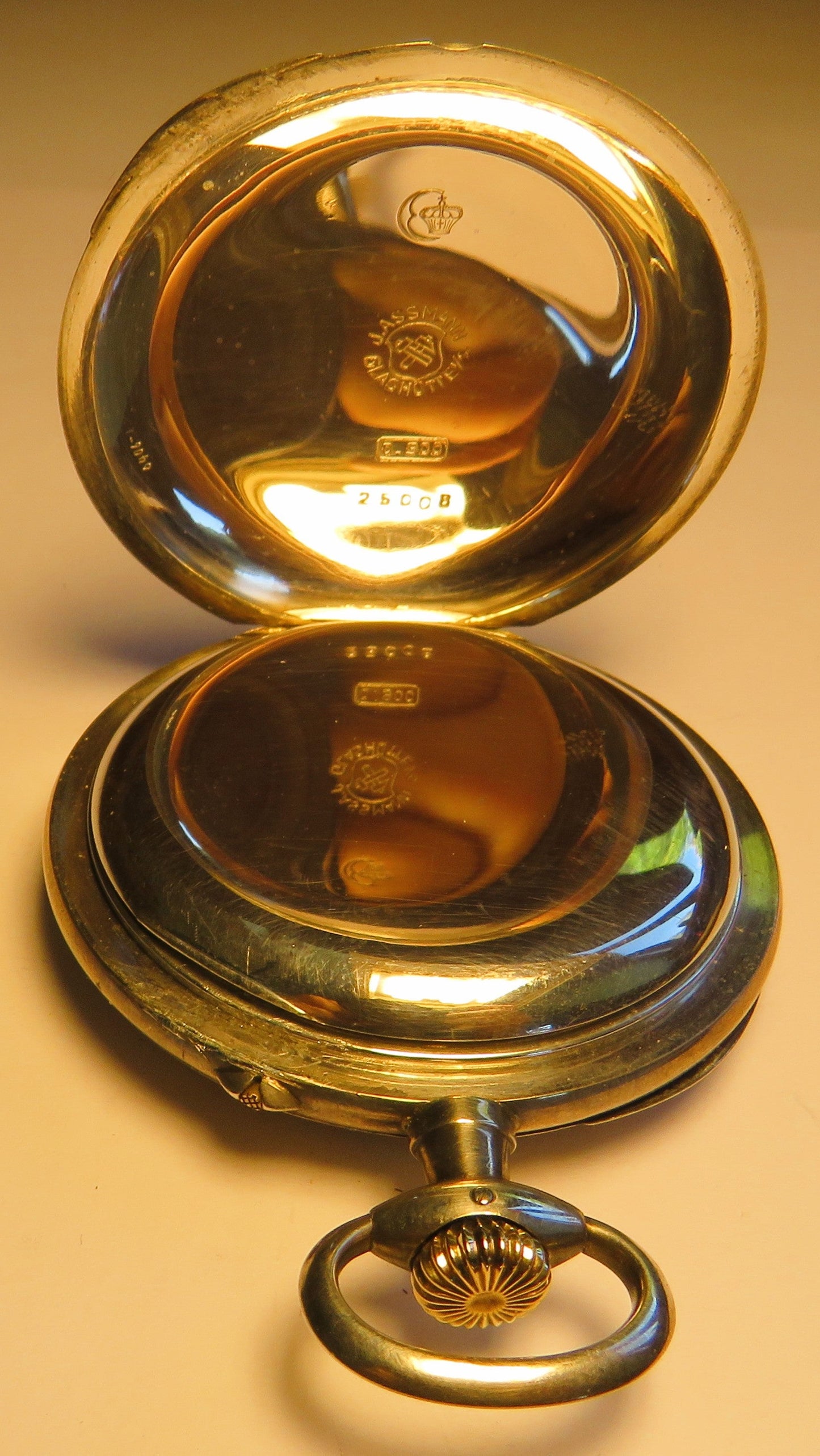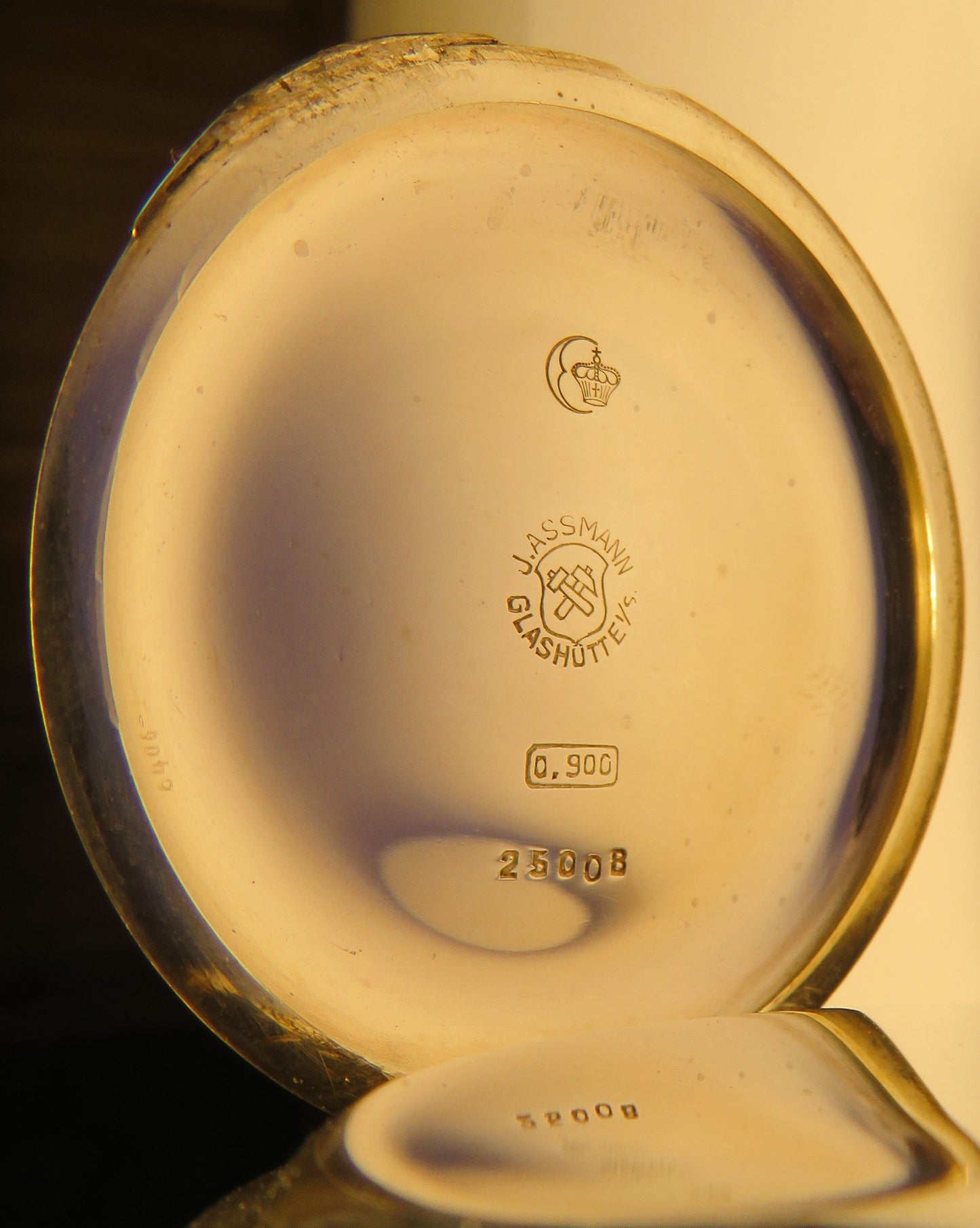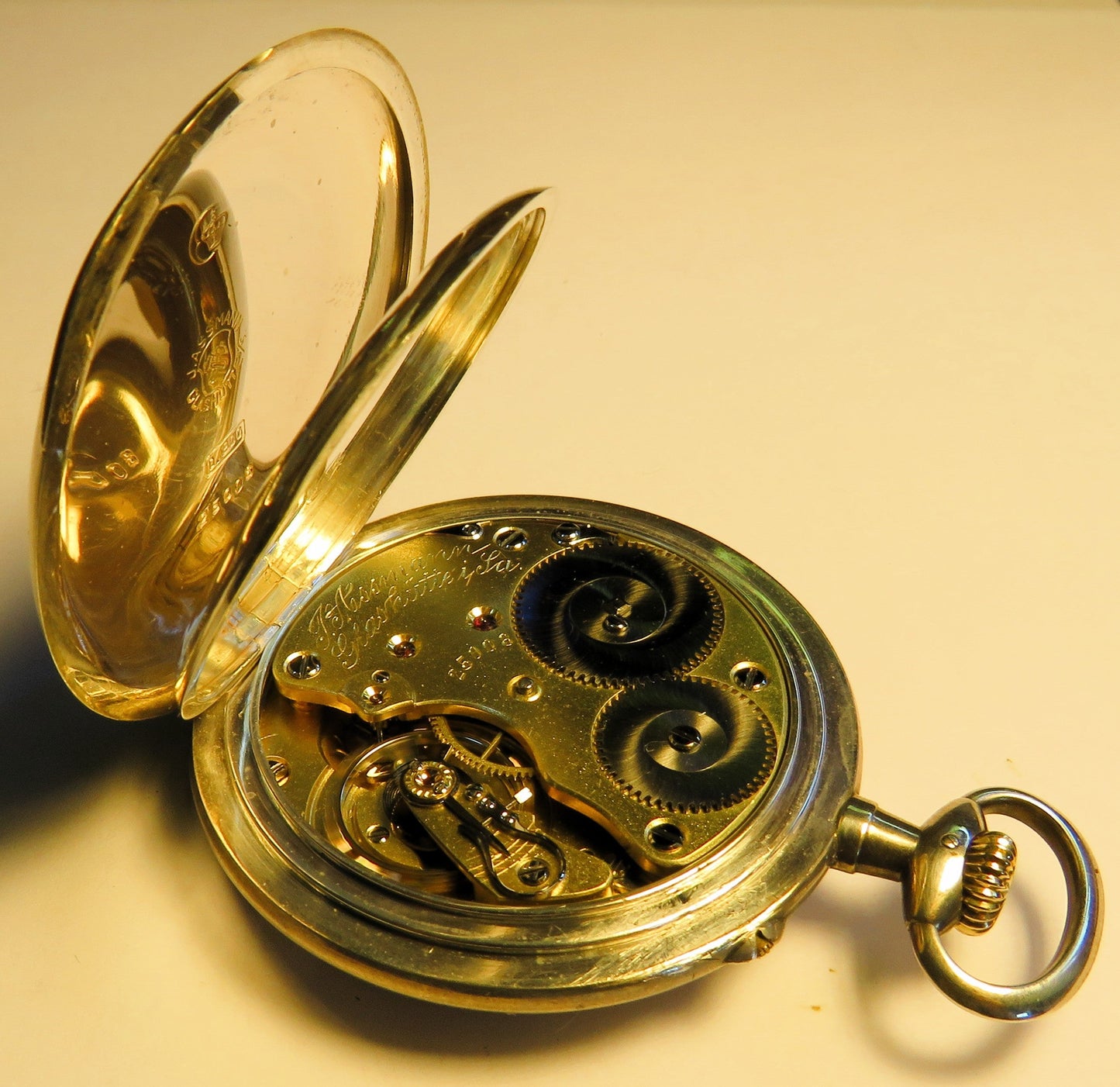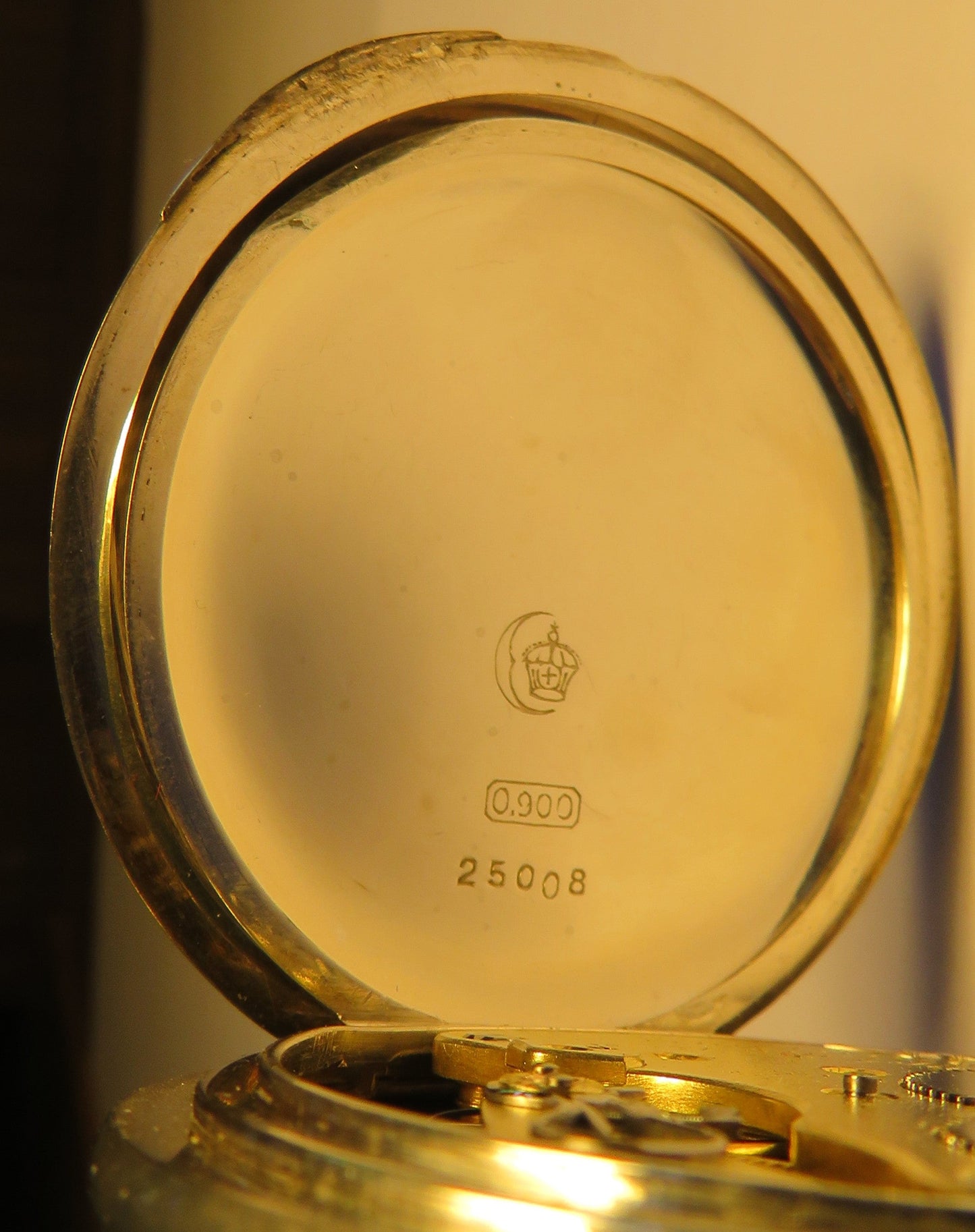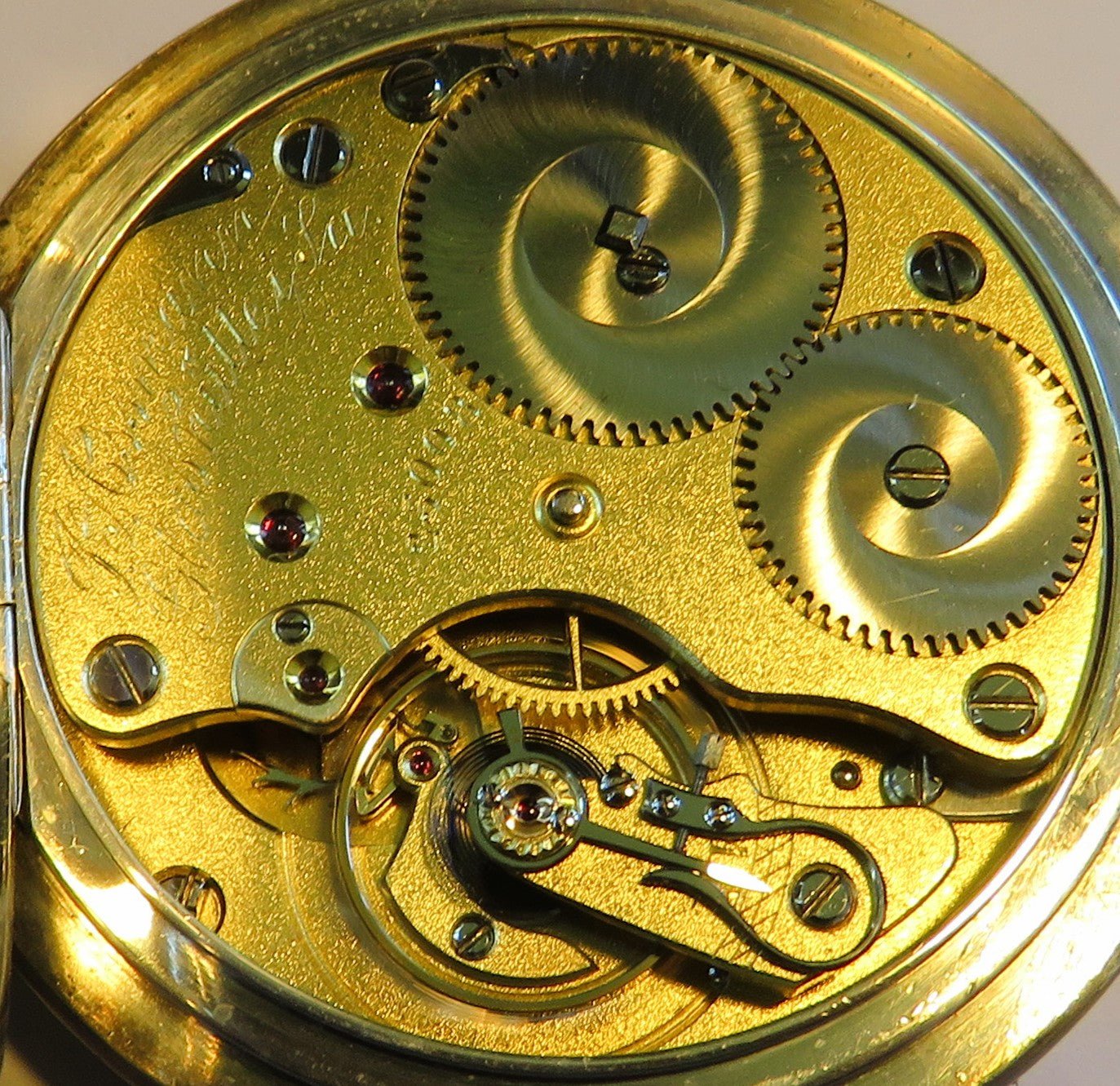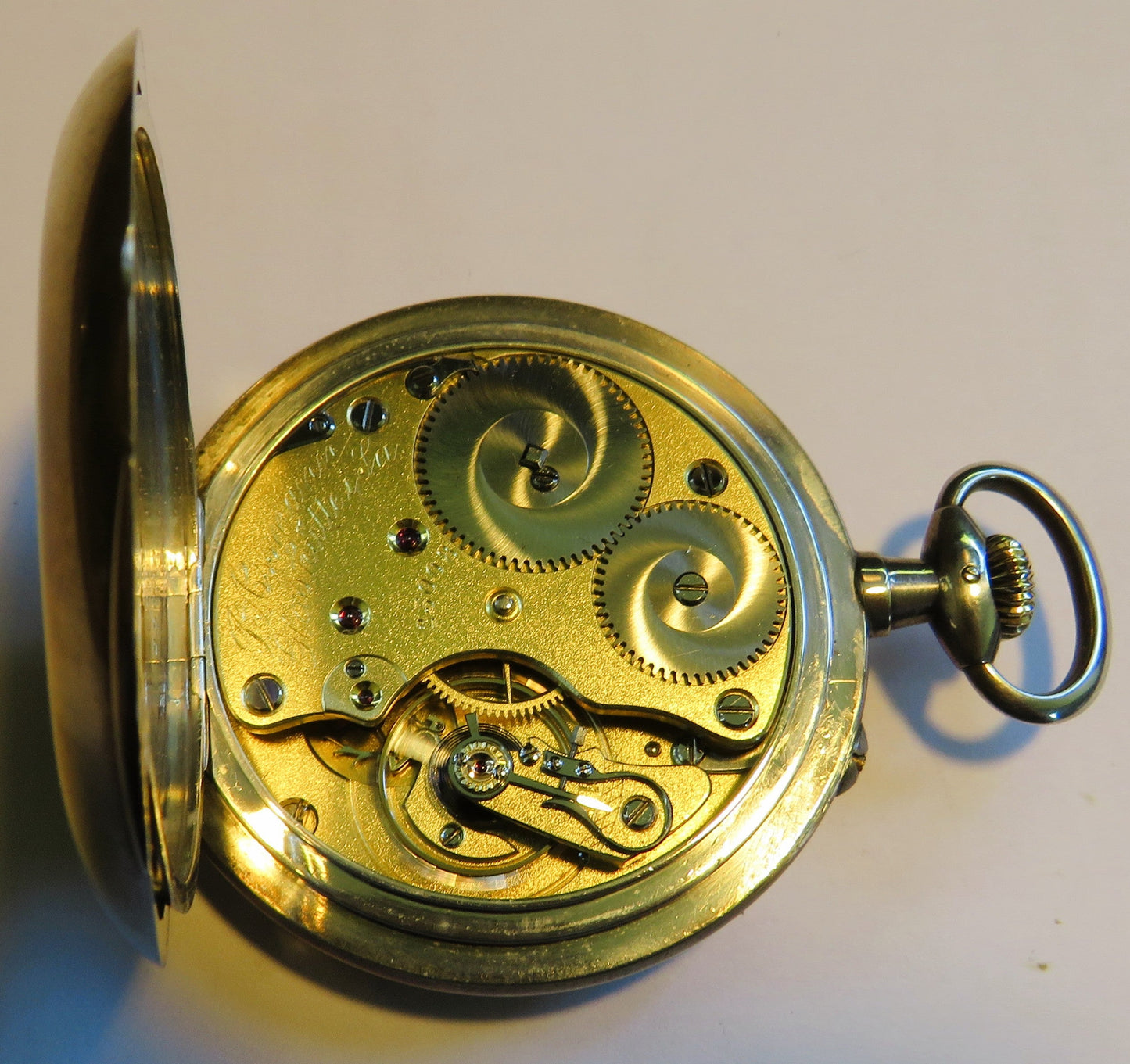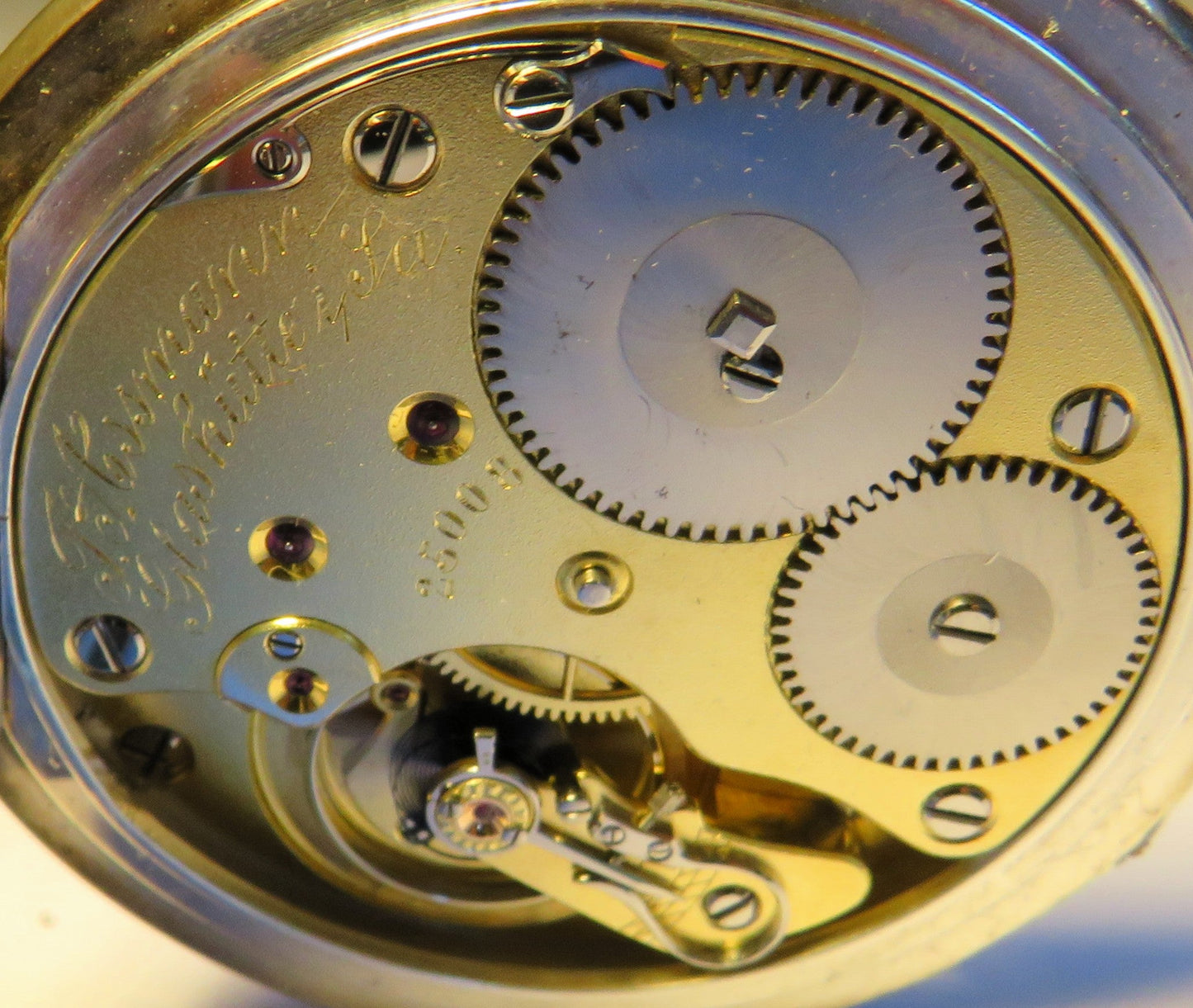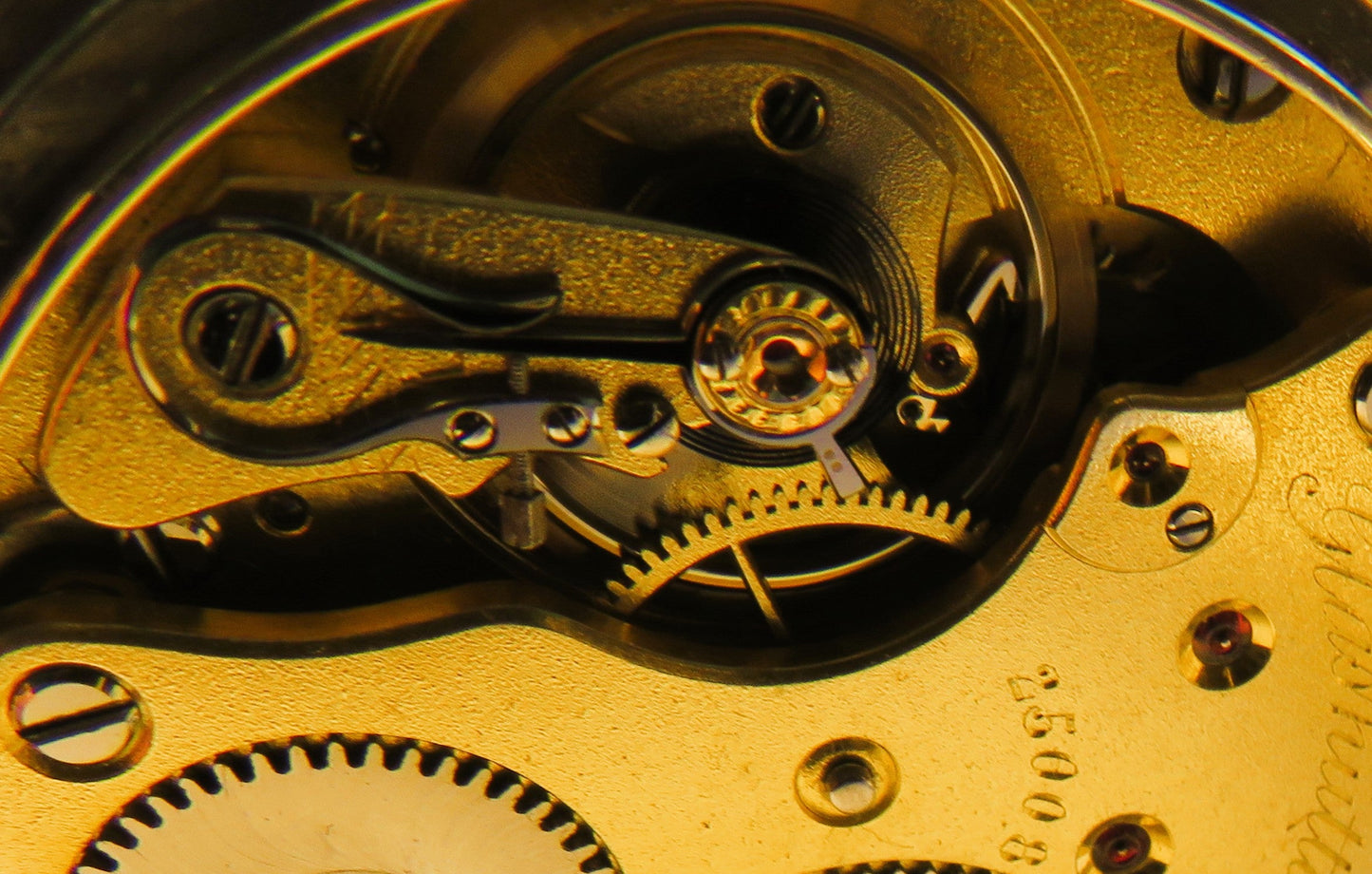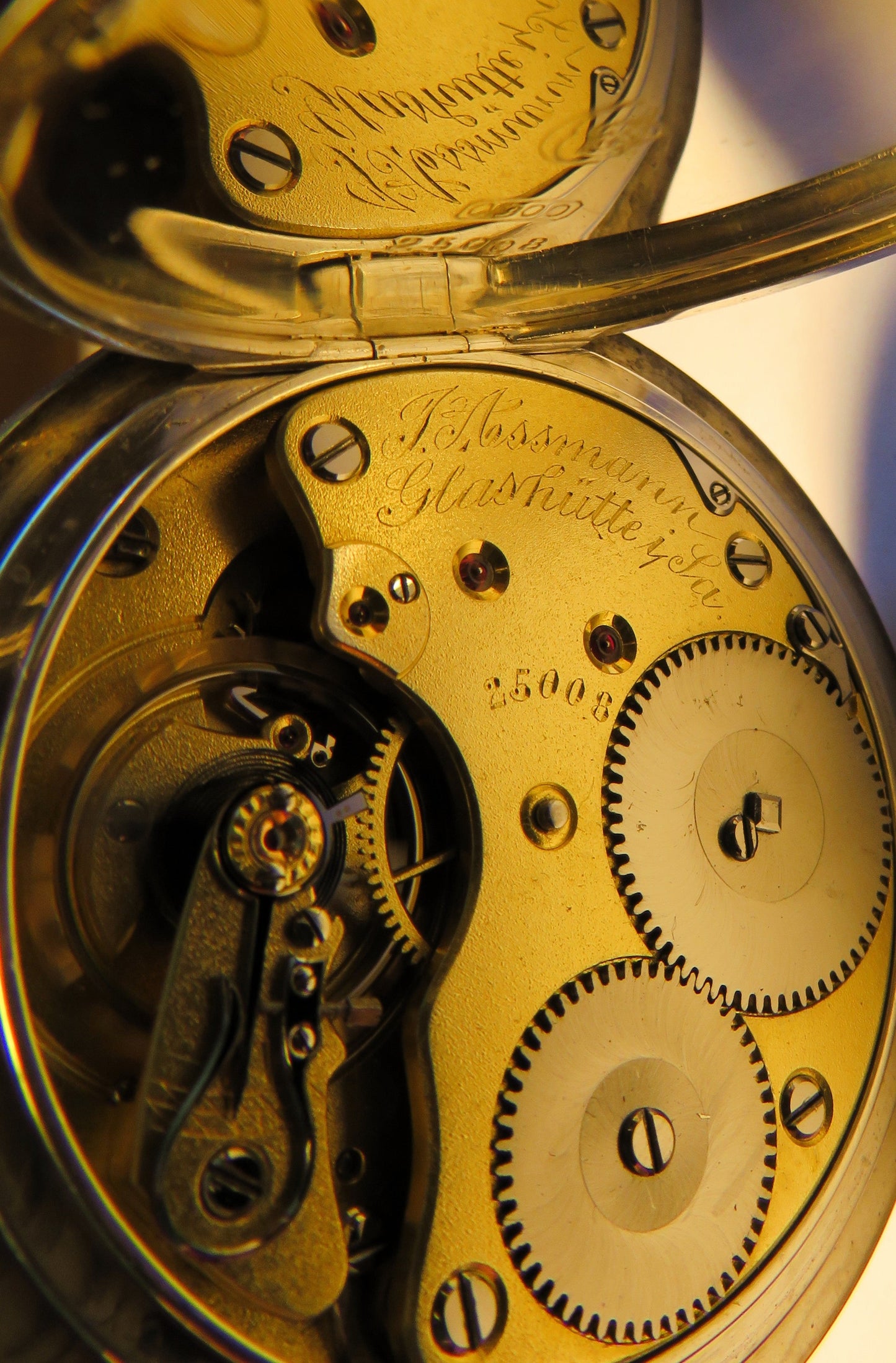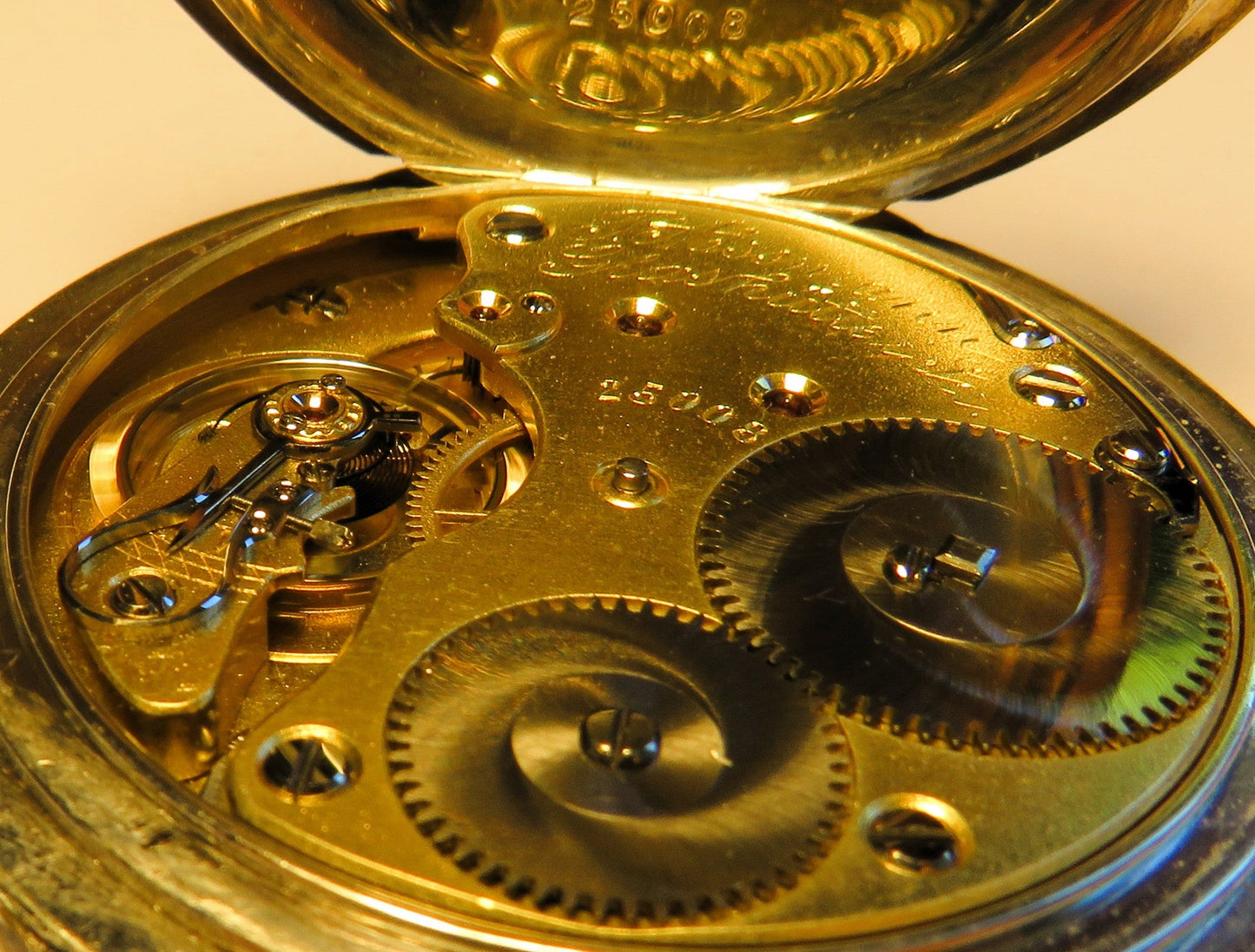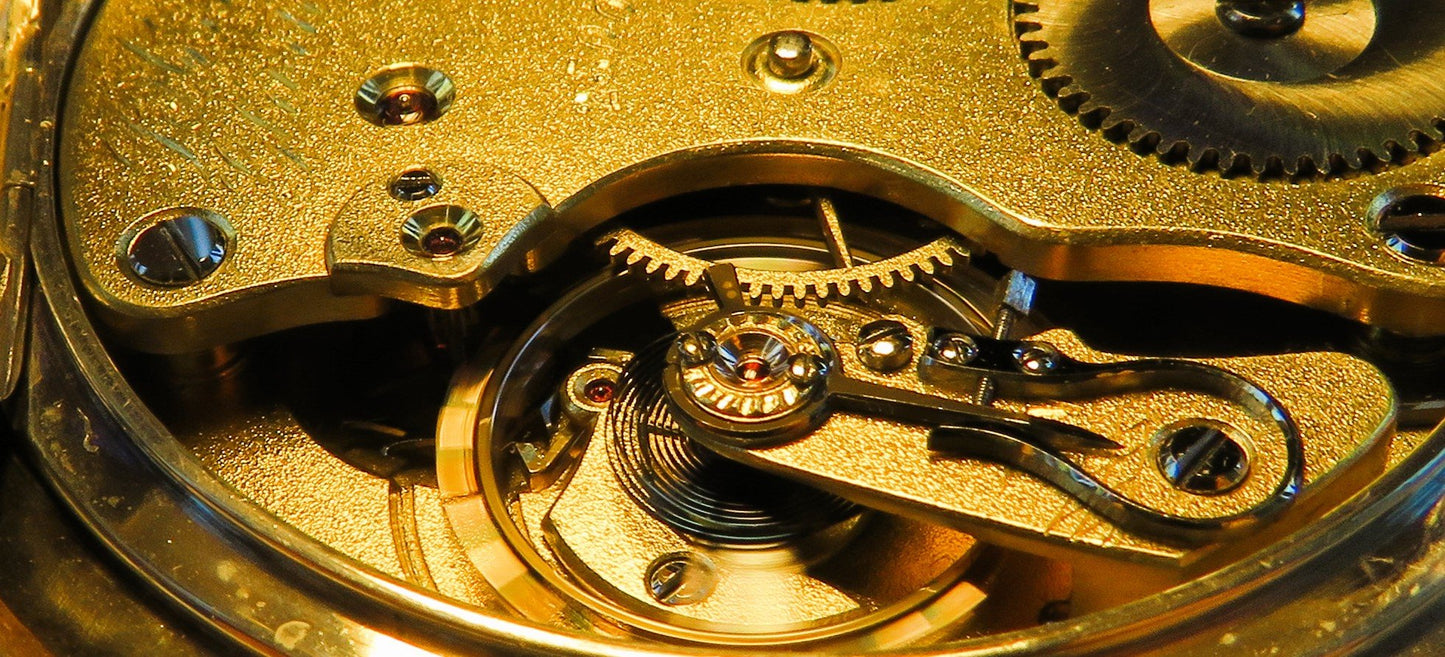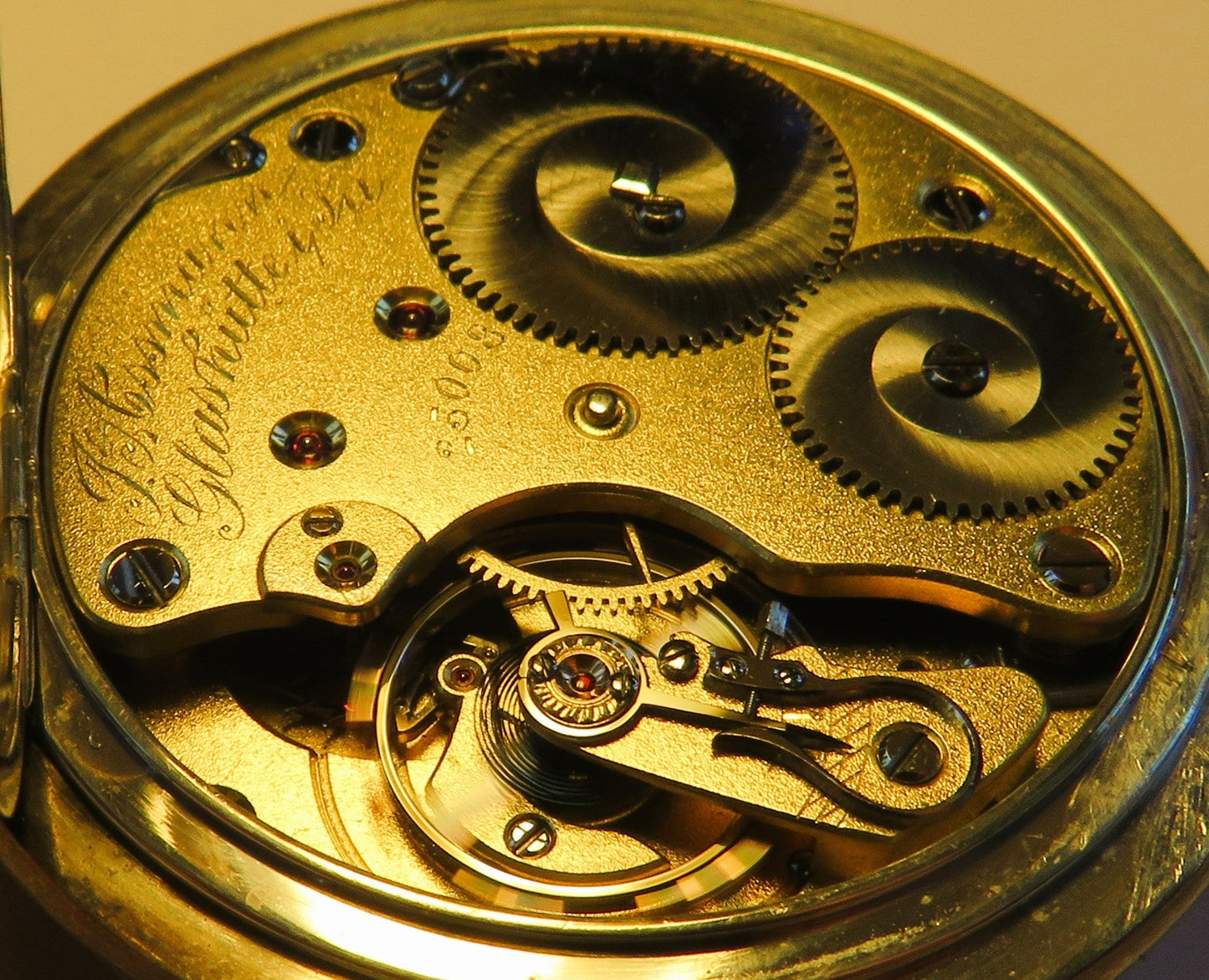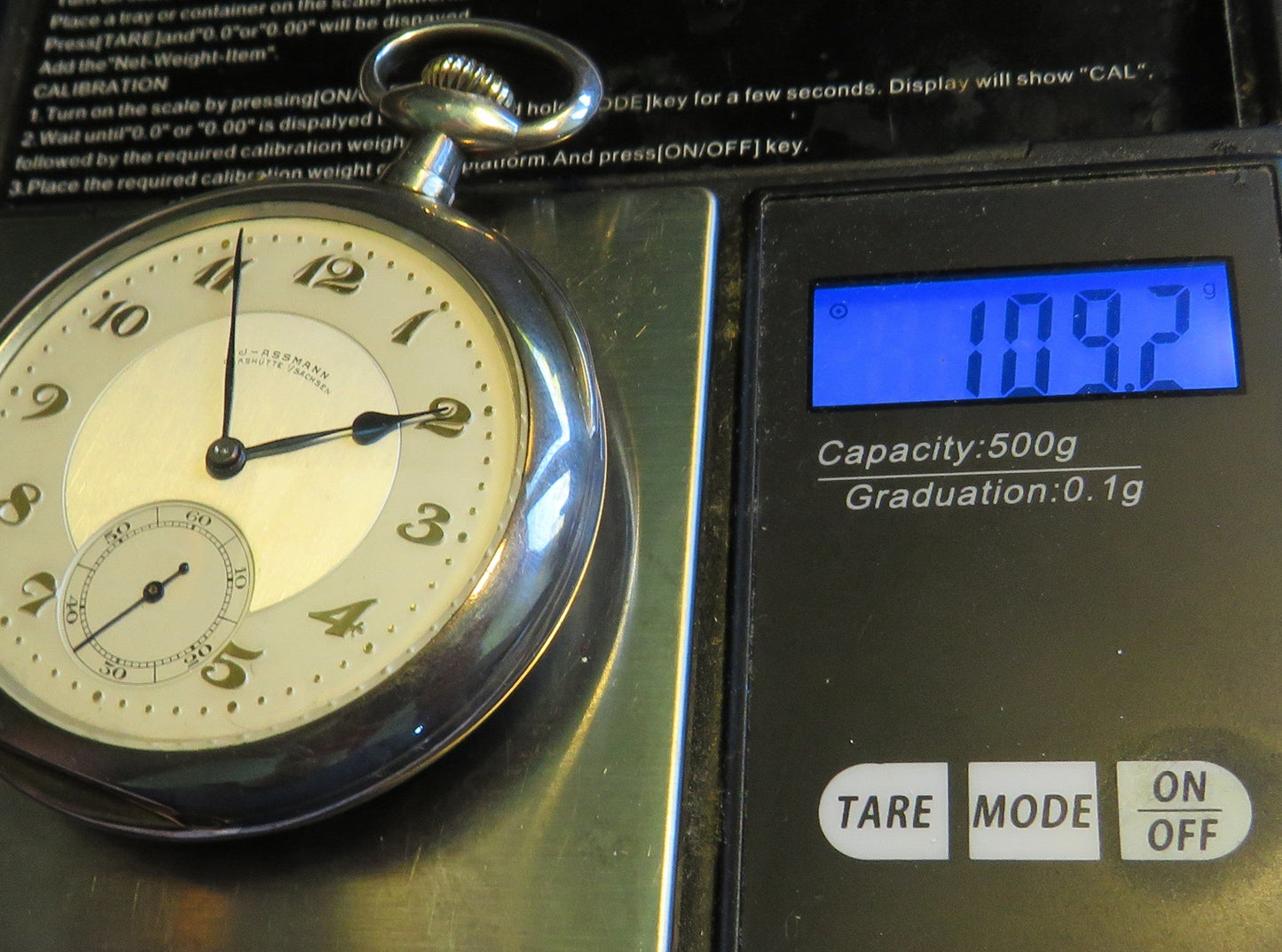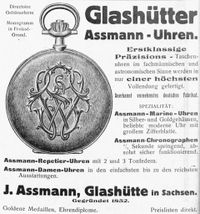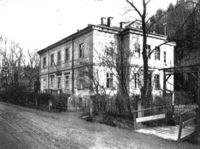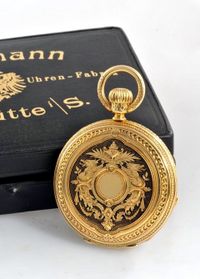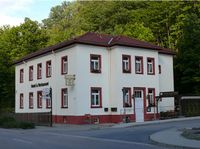Sammler-Uhren
Julius Assmann large silver HTU rare Breguet dial, Glashütte 1920
Julius Assmann large silver HTU rare Breguet dial, Glashütte 1920
Couldn't load pickup availability
Julius Assmann Glashütte extremely rare, almost mint and best preserved solid 0.900 silver pocket watch for men with rare Breguet dial and original box (possibly modern)
It is well known that the luxury watch manufacturer Julius Asmann in Glashütte produced for a much shorter period of time than the Lange & Söhne watch manufacturer. The watches/products are absolutely comparable in design and quality; only a fraction of the Julius Assmann watches were ever produced compared to those by Lange & Söhne.
For this reason, solid silver pocket watches from Julius Assmann / Glashütte are much more valuable and are traded at significantly higher prices than those from Lange & Söhne
Description:
Pocket watch J. ASSMANN, case and dust cover in 0.900 silver and with identical numbers
Case number 25008, white dial, small second at 6 o'clock, gold-plated applied Arabic numerals, gold-plated Louis XV hands, super rare Breguet dial
Case diameter: unusually large 53.5mm, total weight therefore a mighty 109 grams
Early gold-plated, signed movement with anchor escapement, marked J. ASSMANN GLASHÜTTE I/SA, movement number 25008, movement running
The museum piece starts and runs continuously (accuracy not tested)
EZ 2: normal signs of age or wear, good glass, sparkling clean movement, dial unrestored but complete with some signs of wear (see photos)
History of the military and precision watch manufacturer Julius Assmann Glashütte (Source: Watch Wiki):
J. Assmann/Glashütte i.SA, German Anchor Watch Factory
Company advertisement 1911
The former factory building of J. Assmann/Glashütte i.SA, Deutsche Anker-Uhren-Fabrik . This photo dates from 1845 .
J. Assmann
Glashütte savonnette watch made for the Spanish market
J. Assmann No. 14043 circa 1910
The historic "Assmannhaus" is now used by " Bruno Söhnle " as a production facility for wristwatches .
( show this place ) In 2007, however, the Hotel-Restaurant "Zum Silberstollen"
Glashütte watch manufacturer
In 1852, Julius Assmann founded this watch factory in Glashütte on the advice of FA Lange . His son from his first marriage, Paul, joined the company as a co-owner in 1877 and, after his father 's death, managed it independently from 1886 onward.
J. Assmann's Deutsche Ankeruhren-Fabrik (German Anchor Watch Factory) produced high-quality pocket watches with all the features typical of Glashütte pocket watches of the time. These include the three-quarter plate , the Glashütte gold anchor escapement, and the index spring fine adjustment. In terms of design and quality, Assmann pocket watches are completely equivalent to those from A. Lange & Söhne , but they are much rarer. Assmann contributed his own designs and ideas to production, such as the "Fortschritt" movement type with a split three-quarter plate and the Glashütte balance anchor modeled on the Swiss Moustache anchor . He frequently used this anchor design in steel instead of hammered gold, along with a steel escape wheel.
When the market demanded more affordable watches, Assmann reacted differently than Lange & Söhne, which launched the more affordable DUF brand. Assmann didn't develop a cheaper movement himself, but imported Swiss cock movements "Lecoultre Cal. 6," which he then refined. These Swiss cock movements can also be found in the same or very similar form in pocket watches from the " Union Horlogere ." Assmann was a member of this originally Swiss association of watch manufacturers until 1904 and sold Assmann watches with the dial inscription "Union Horlogere J. Assmann Glashütte/Sa." When the Union Horlogere prepared to set up its own production facility in Glashütte, Assmann left the association.
In contrast to the usual practice at Lange & Söhne of giving the same number to the movements and cases of ALS and DUF watches, this was often not the case with Assmann. This is not a quality defect, but it does make it difficult to distinguish authentic watches from examples that were later assembled differently, especially since no documents such as shipping books have survived. The inscriptions and hallmarks on the movement and case are therefore crucial for determining genuineness and authenticity. From 1893 to 1897 , Assmann produced, among other things, pocket watch movements for the company D. Gruen & Son , Cincinnati. Frederick Gruen , who worked for Assmann for a time after completing his training at the German Watchmaking School in Glashütte , was responsible for this production. In 1897, Georg Heinrich became a partner in the J. Assmann company, which he took over completely after Paul Assmann 's death in 1911 .
In 1910/11 the company took part in chronometer tests .
G. Heinrich joined the company J. Assmann on 1 June In 1917, he joined the Thüringer Uhrenfabrik Edmund Herrmann AG stock corporation , but this company ran into financial difficulties around 1925 and was liquidated. In 1926, Fritz J. Assmann founded J. Assmann GmbH with the participation of Walter Theden .
A storm destroyed the company's production building in 1927. This bitter blow of fate forced Fritz J. Assmann In 1930, the company was finally closed. After A. Lange & Söhne, Assmann was one of the most well-known Glashütte companies, producing excellent pocket watches of all quality levels and degrees of complication. By 1931 , a total of 40,000 pocket watches had been produced, including approximately 8,000 movements for D. Gruen & Son. On the antique watch market, Assmann watches are equivalent to those of A. Lange & Söhne, but do not quite reach their prices.
